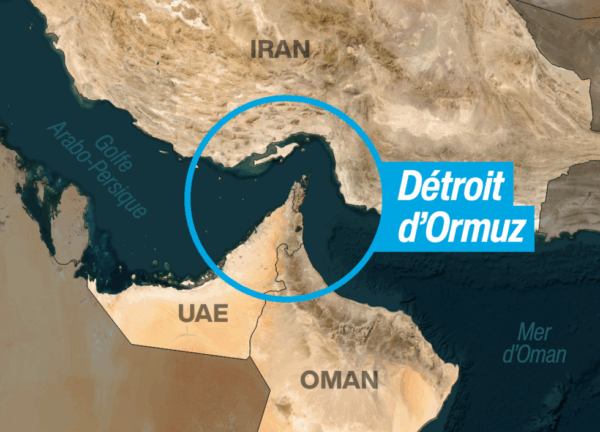The conflict between Iran and Israel reached a critical threshold on Sunday, June 22, 2025, with the official entry of the United States into the conflict alongside Israel. President Donald Trump ordered a series of targeted strikes against Iranian nuclear sites in Fordo, Natanz, and Isfahan, stating his intention to neutralize the Islamic Republic’s nuclear enrichment capacity. In response, Tehran launched its first counter-attacks and now threatens to close the Strait of Hormuz, a strategic passage for global hydrocarbon exports.
In an extraordinary session, the Iranian Parliament unanimously voted to close the strait. However, this measure will need to be validated by the Supreme National Security Council, chaired by Supreme Leader Ali Khamenei. If this decision were to be implemented, it could cause an immediate shock to energy markets, with systemic repercussions on a global scale, especially for Europe, heavily dependent on oil and gas imports from the Gulf.
The Strait of Hormuz is one of the most sensitive energy corridors in the world. According to the U.S. Energy Information Administration (EIA), approximately 17 to 18 million barrels of crude oil per day pass through this maritime corridor, representing 20 to 30% of global volume. In terms of liquefied natural gas (LNG), 25 to 35% of global trade also passes through this strait.
Faced with such a threat, several analysts anticipate a rapid surge in the price of oil, which could reach $130 in the event of an effective blockade. Such a scenario would lead to a sharp increase in energy costs, widespread inflation, and major disruptions in global supply chains, especially in maritime transport and logistics.
The possibility of a closure of the Strait of Hormuz now places financial markets and Western capitals on maximum alert.


